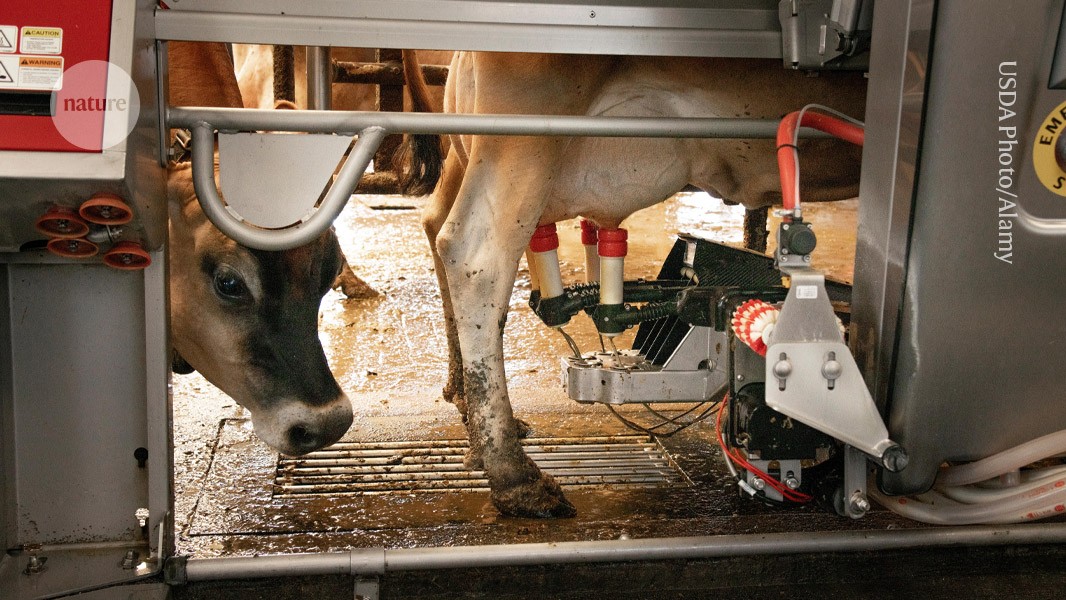New York City’s welfare agency is only processing about 36% of food stamp applications on time, according to the latest data from Mayor Adams’ administration.
The data, shared by acting Department of Social Services Commissioner Molly Park during a City Council hearing Monday, accounts for her agency’s food stamp “timeliness” rate as of December.
Under federal and state “timeliness” rules, applications for SNAP benefits, commonly known as food stamps, must be processed within 30 days. But the December rate shows that the Human Resources Administration, the DSS division responsible for welfare benefits, fails most of the time to comply with those requirements.
The latest data also shows that the compliance rate is growing worse. The timeliness rate for SNAP application processing was 42.3% as of October, according to data previously unveiled by the Adams administration.
SNAP benefits are typically uploaded to prepaid debit cards that low-income New Yorkers can use to buy food. A family of three can get as much as $740 per month in SNAP cash, and New Yorkers who go without the benefits because of processing delays have been forced to hungry, sometimes for months on end, as reported by the Daily News.
In testimony before the Council’s General Welfare Committee on Monday afternoon, Park said the Human Resources Administration’s processing rate has improved since December. She said data’s not yet available to back that up.
Park, who stepped into the acting commissioner post after her embattled predecessor, Gary Jenkins, resigned earlier this month, said persistent staffing shortages at the HRA are in part to blame for the troublesome food stamp processing rates.
“I am not going to pretend like we don’t need staff. We do need staff,” she said.
:quality(70)/cloudfront-us-east-1.images.arcpublishing.com/tronc/TH7ABZXC6BF2BMYV24WUUKJUFQ.jpg)
According to agency data, more than 2,000 positions are sitting vacant at the Department of Social Services, including hundred of jobs at the HRA’s welfare processing divisions.
Park said her agency is taking “aggressive” steps to recruit staff, and that it has filled more seats since December. She was not able to say how many hires have been made in that time frame, though, and acknowledged that her agency is falling short of its mission in the meantime.
“If even one household is having to wait for their benefits that’s too much,” she said.
Brooklyn Councilman Lincoln Restler, a Democrat who co-chairs the Council’s Progressive Caucus, argued the Adams administration has itself to blame.
Restler told Park that he believes the HRA staffing crisis was exacerbated by Adams’ decision last year to permanently eliminate 1,000 vacant positions as part of an effort to reduce city spending. Between those vacancy reductions and current unfilled positions, Restler claimed the Department of Social Services has never seen such low staffing levels.
“I am livid about it, because people are suffering,” he said.
Manhattan Councilwoman Diana Ayala, who chairs the General Welfare Committee, said she believes the Adams administration’s decision to ban remote work at the Department of Social Services has also contributed to high staff attrition rates.
“I think you are in desperate need of modernizing,” she told Park, adding that she thinks it would be “a game changer” if the administration starts allowing benefits processing staff to work from home.
Park noted that the administration last month announced a tentative contract with DC37, the city’s largest public sector union, that would launch a hybrid work pilot program for some city employees.
“We will work with the union to ensure that they are part of the remote work pilot,” Park said of HRA staff.






:quality(70)/cloudfront-us-east-1.images.arcpublishing.com/tronc/TH7ABZXC6BF2BMYV24WUUKJUFQ.jpg)
More News
Country music star Mickey Guyton reveals baby son’s near-death experience
Bronx mom charged with killing 6-year-old daughter hung little girl in closet and beat her: prosecutors
J.D. Martinez has strong debut but Mets fall to Cardinals